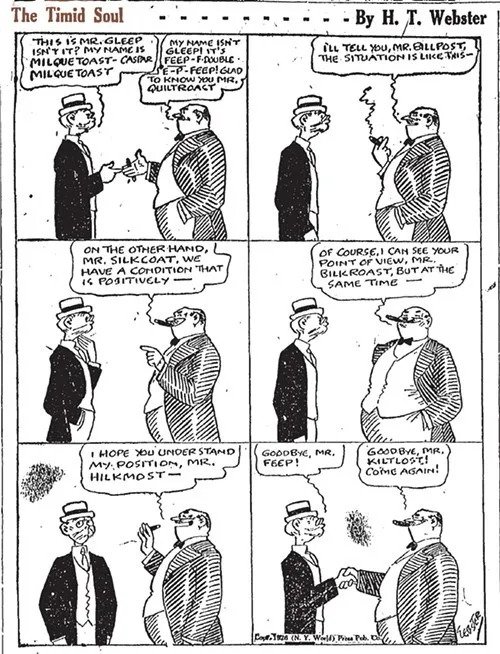Electricity. Without it, we couldn’t run life-saving machinery or straighten our hair (among other things). But have you ever wondered why it’s called ‘electricity’? Don’t worry, I’ve asked ChatGPT so you don’t have to.
Like a lot of words of the week, ‘electricity’ has its roots in ancient Greek. It comes from the Greek word ‘ἤλεκτρον’ (AKA elektron), which means ‘amber’ after the yellow fossilised tree resin which caused Jeff Goldblum, Sam Neill et al so many issues in Jurassic Park.
Why? Well, the ancient Greeks noticed that when they rubbed amber with fur, it attracted small objects like feathers or bits of straw. They attributed that to a mysterious force within the amber. In the 16th and 17th centuries, scientists began to study similar phenomena in other materials (like using glass rods to generate static electricity), and coined the term ‘electricity’ to describe it. That was based on Latinising that Greek word ‘elektron’, and adding the suffix ‘-ity’ which denotes a state or condition (other examples of that include ‘equality’, ‘flexibility’ and ‘simplicity’).
Over time, as our scientific understanding of electricity expanded, we started to use the term to cover the whole range of electrical phenomena, including electric currents, electromagnetic fields and electrical energy.
As I’m writing about electricity while in Ely, a region previously known for its eel population, I think I have to spend a little bit of time talking about electric eels. They can generate electric shocks of up to 600 volts to stun prey or scare off predators. They can also deliver multiple shocks in rapid succession to immobilise whatever it is they’re trying to eat or frighten. This is down to specialised organs made up of thousands of electrocytes, which are electrically excitable cells (I don’t know what that means, but I like the sound of it). These organs can generate both high-voltage electric discharges for defence, and low-voltage ones for navigating and communicating. They can also detect minute electric fields generated by the muscle contractions of nearby prey. Electric eels can grow to over 8 feet (2.5 meters) long (WHAT THE ACTUAL FUCK) and weigh up to 44 pounds (20 kilos). Thankfully they’re native to the Amazon and Orinoco River basins in South America, so you’re unlikely to run into one if you decide to take a dip in the Great Ouse.
Gratuitous Jeff-Goldblum-with-his-shirt-off scene from Jurassic Park. You're welcome.






















